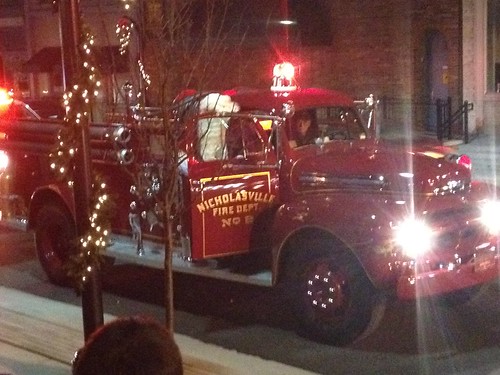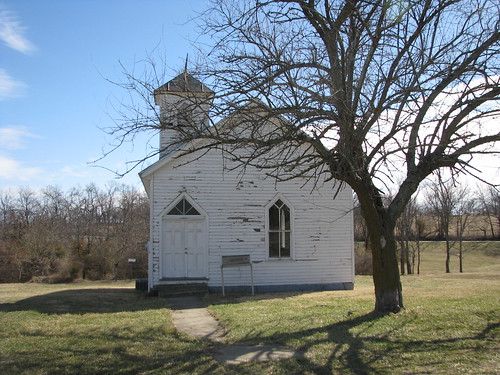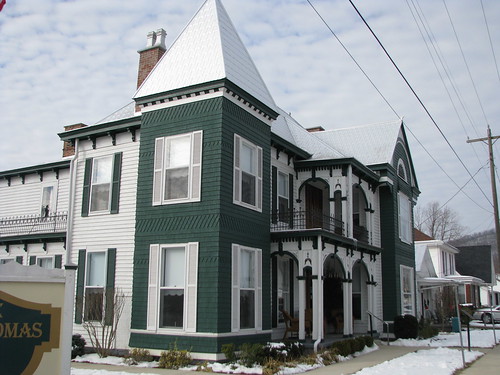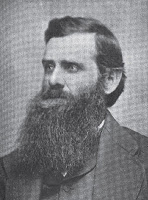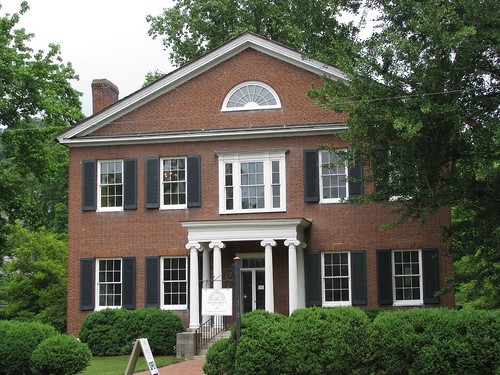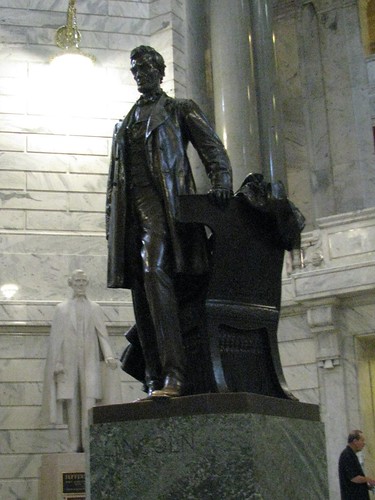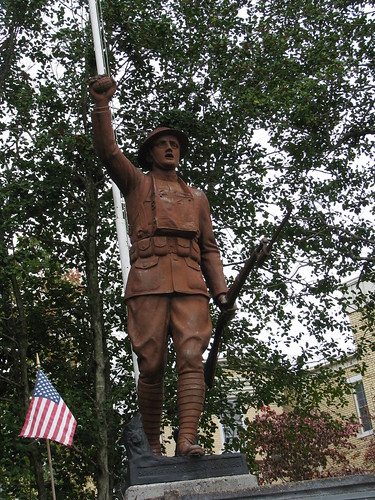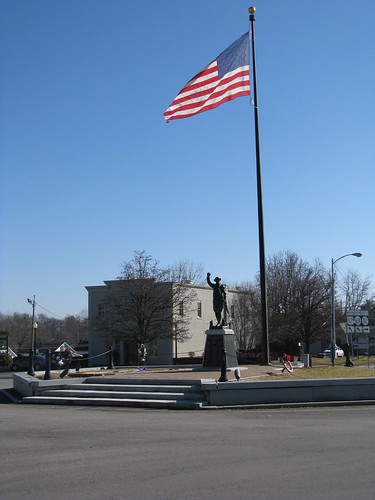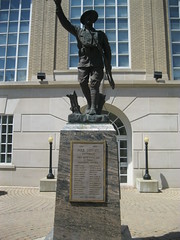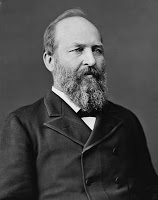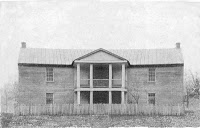 |
| Phillips Folly – Maysville, Ky. |
William B. Phillips began construction in 1825 of what was considered to be the largest home in Maysville. With twelve rooms, including six bedrooms, the home was built on a mortarless foundation – the condition of which continues to be examined for its quality. Without a doubt, Phillips was excited about his mansion; it is altogether likely that when the Marquis de Lafayette visited Maysville in 1825 that Phillips, who was in the receiving party, took the opportunity to show the Frenchman his plans. Yet, excitement is insufficient to bring about completion.
In 1828, the house was not completed and Phillips had insufficient funds to finish. Townspeople referred to the property as “Phillips’ Folly” for he had built beyond his means a home too grand. Without a word, Phillips left Maysville only to return two years later having won sufficient monies while gambling in New Orleans to finish his home. The house was finally completed in 1831 and is an amalgam of several architectural styles: a Federal façade, a Georgian two-story portico, stepped parapets in the “Dutch” or German tradition, windows attributed to the Greek Revivalist style and other qualities introduced after Phillips’ years in New Orleans.
When the cholera epidemic of 1833 swept through the region, it took with it the first mayor of the Maysville; Phillips was chosen to become the second mayor of Maysville. In 1838, Phillips’ sold his “folly” to John Armstrong who died in the home in 1851. It is said that his ghost, and that of his laborador, still haunt the Sutton Street mansion.
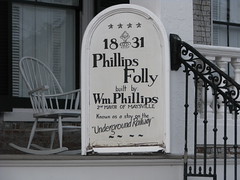 Armstrong’s son, Francis Armstrong, acquired the property after his father died. Francis was believed to have been an operative on the underground railroad. In a house where basement wooden cell likely originally held captive slaves, the mansion became a symbol of freedom as the last stop for the weary before crossing the Ohio River into freedom. A tunnel from the home to the river would have brought the slaves to a small dinghy in which to cross the river.
Armstrong’s son, Francis Armstrong, acquired the property after his father died. Francis was believed to have been an operative on the underground railroad. In a house where basement wooden cell likely originally held captive slaves, the mansion became a symbol of freedom as the last stop for the weary before crossing the Ohio River into freedom. A tunnel from the home to the river would have brought the slaves to a small dinghy in which to cross the river.
During occupancy by the Finch family from 1890 to 1894, a man named Pearce visited the house and is said to have committed suicide there. Others, however, have suggested that suicide was simply a cover for Pearce’s death: he had been killed in a duel at a time when dueling had been made illegal in the Commonwealth. Those who have seen his apparition have also heard the formalities of dueling in the back stairs.
After the Fitch family left, Dr. John Reed moved his family from the small Mason County hamlet of Minerva to Phillips Folly in 1894. Dr. Reed established a medical practice in the basement. His son, Stanley, was ten years old when the family moved in; young Stanley would leave for school eight years later and would eventually be appointed by President Franklin Delano Roosevelt to serve as an Associate Justice on the Supreme Court.
With all its history, Phillips Folly is open for tours particularly because of its role as a station on the Underground Railroad.
Sources:
Maysville Online; NRHP; Precious Times; Wikipedia

